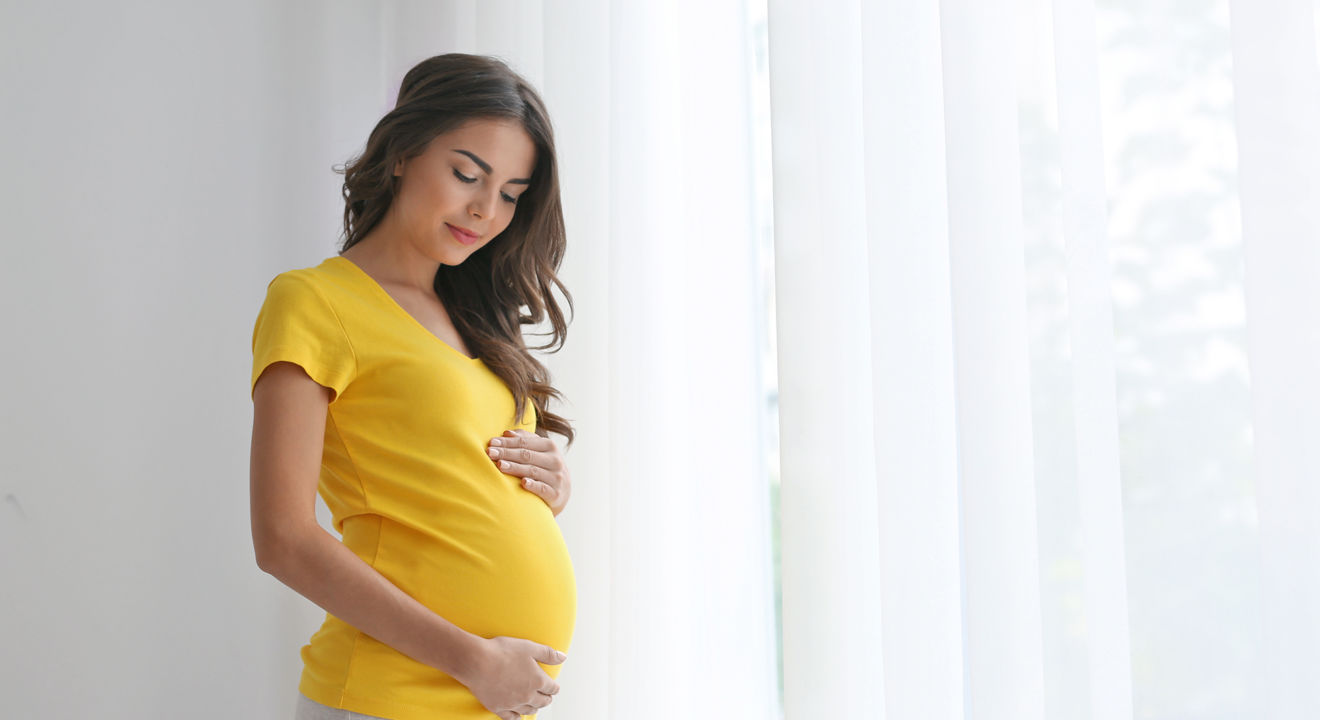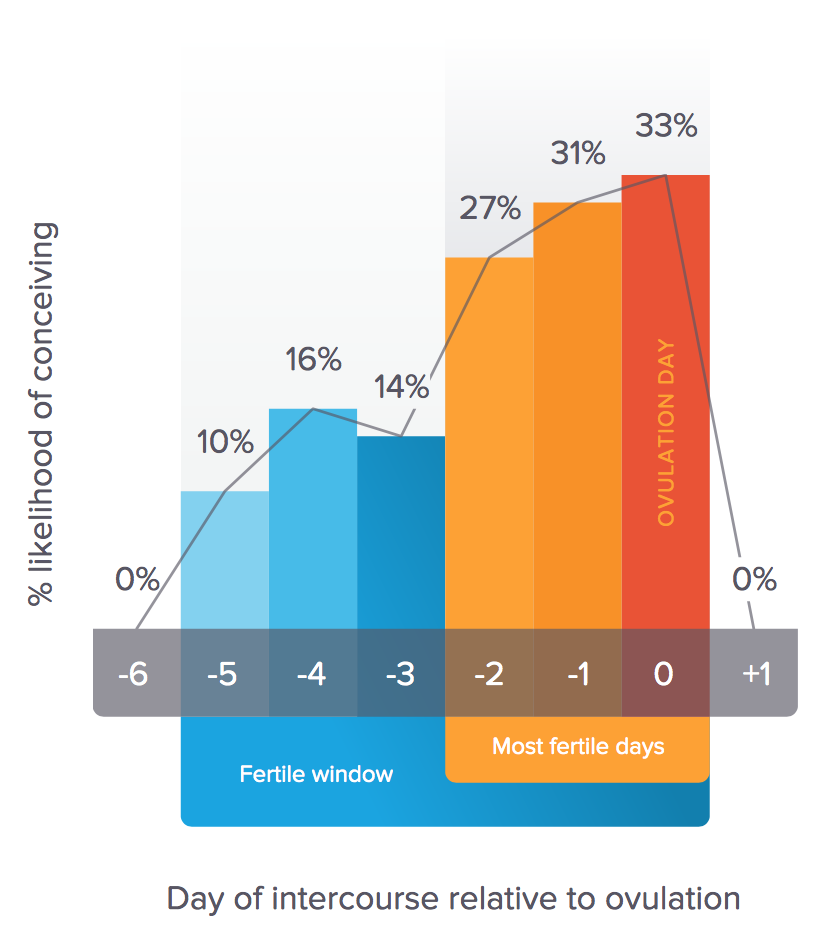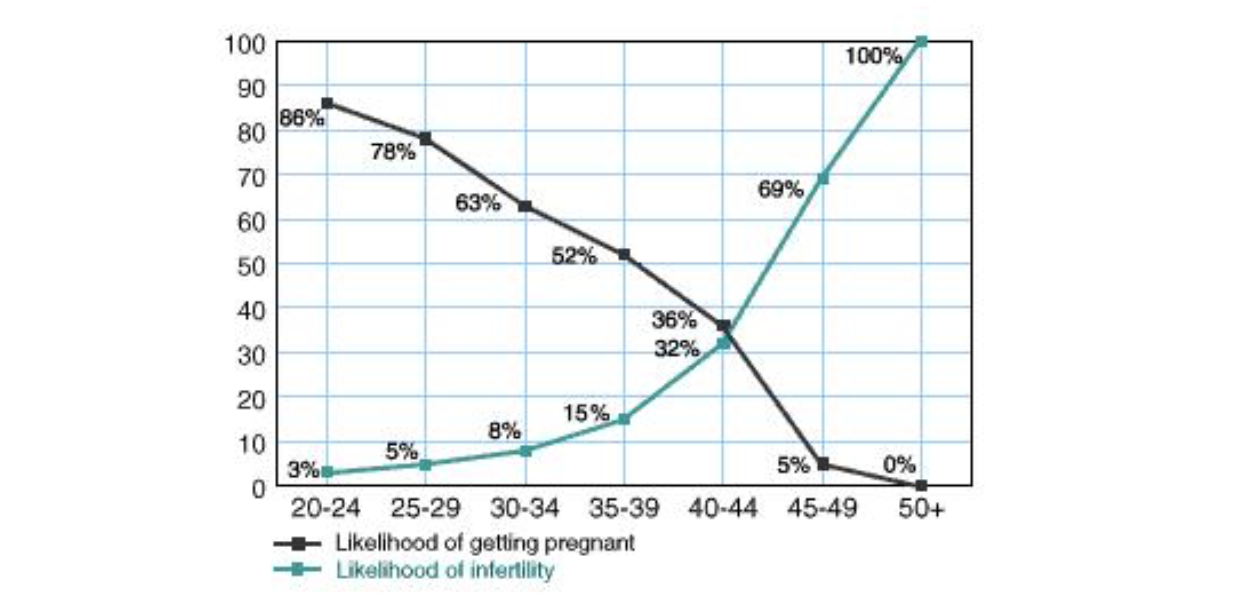Relationships May 10, 2017


If you haven’t been focusing on getting pregnant, the last thing you’re probably thinking about is your fertility.
But as you approach a time in your life – if you ever approach that time – when you’re ready to have children, you’re probably wondering how everything works down there.
The short story? Every month, an egg matures in one of your ovaries. Once it’s ready, your ovary releases it. That egg finds its way to your fallopian tube, where it stays for about 24 hours, awaiting fertilization. If a sperm manages to fertilize it, then the fertilized egg travels to the uterus and implants itself on the uterine lining.
But of course, fertilization is more complicated than that. So, ENTITY’s broken it down for you.
Well, your window for conception is actually pretty small. To get pregnant, you need a sperm to fertilize your egg while it’s in the Fallopian tube, as previously explained. But if it doesn’t get fertilized by the 24-hour window, the unfertilized egg travels to the uterus and disintegrates. Sperm, on the other hand, can survive in a woman’s body for up to five days.
Taking these factors into consideration, the “pregnancy window” is about six days. You have the five days leading up to ovulation and then the ovulation day itself.
If you miss this window, you have to wait until next month when you’re ovulating again. Thus, women who are trying to get pregnant often track their menstrual cycles.
The chart below summarizes the likelihood of becoming pregnant, depending on what day of the “pregnancy window” it is.

Chart depicting the likelihood of a woman conceiving, based on her pregnancy window. (Fertility chart via YourFertility.com)
Yeah, that’s probably a good idea. Since getting pregnant is all about timing, you want to make sure that everything is right in order for the egg and sperm to meet.
So when are you most fertile?
Most women have a 28-day menstrual cycle. To keep track of this, people either use a fertile period calculator or they just chart their menstrual cycle themselves. If you want to do it yourself, know that day one is the first day of your period. And since the length of your cycle varies from month to month, it’s best to keep track of it for a few months, suggests WebMD.
Once you have an average of your days, subtract 18 days from the length of your shortest cycle. This day is the first day you’re likely to be fertile. Then, subtract 11 days from the length of your longest cycle. This day is the last day you’re likely to be fertile. Those two days are considered your pregnancy window.
If you’re still unsure about your pregnancy window, try to use these methods to see if you’re ovulating.
Once you notice these signs, having sexual intercourse during these times is the best way to increase your chances of pregnancy.
Fertility decreases as women get older. Although people previously believed fertility significantly decreased after 35 years old, latest research suggest that it may be even sooner than that. Women have been found to be more fertile between 19 to 26 years old. After that, fertility significantly decreases with each passing year.


Chart depicting the likelihood of a woman getting pregnant based on her age. (Fertility chart via NewHealthGuide.org)
Now, this isn’t to say that you can’t have children at older ages. Plenty and people wait to have kids. But if you’re planning on having kids at an earlier age, you have higher chance of successful pregnancy before you’re 26.